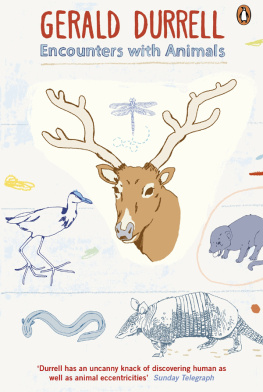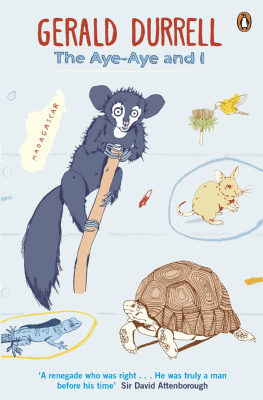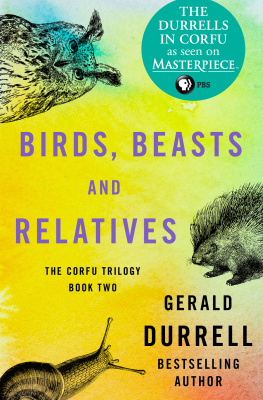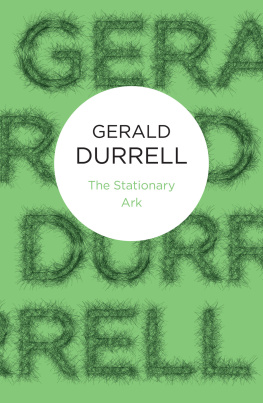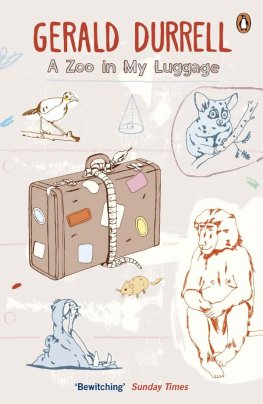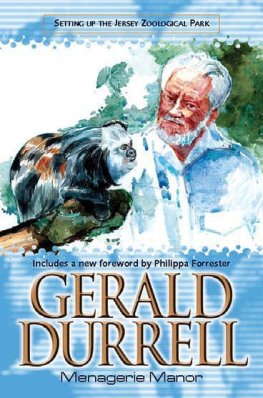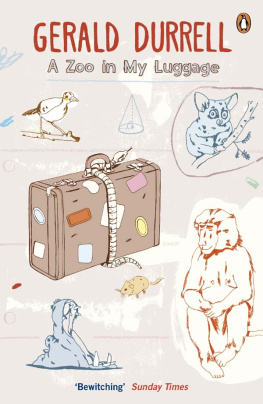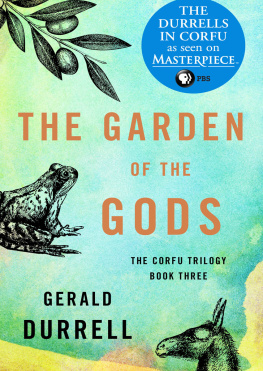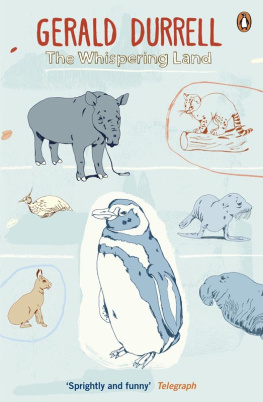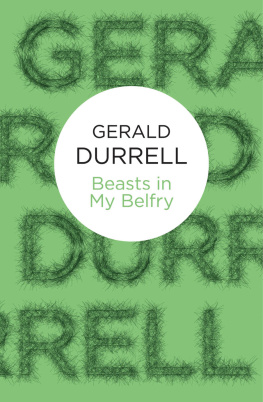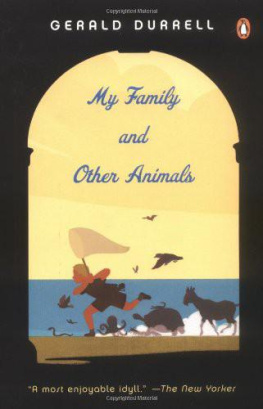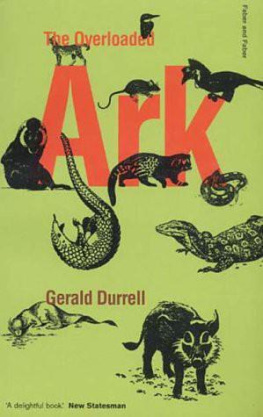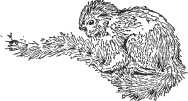
PENGUIN BOOKS
PENGUIN BOOKS
Published by the Penguin Group
Penguin Books Ltd, 80 Strand, London WC2R 0RL , England
Penguin Group (USA) Inc., 375 Hudson Street, New York, New York 10014, USA
Penguin Group (Canada), 90 Eglinton Avenue East, Suite 700, Toronto, Ontario, Canada M4P 2Y3 (a division of Pearson Penguin Canada Inc.)
Penguin Ireland, 25 St Stephens Green, Dublin 2, Ireland (a division of Penguin Books Ltd)
Penguin Group (Australia), 707 Collins Street, Melbourne, Victoria 3008, Australia (a division of Pearson Australia Group Pty Ltd)
Penguin Books India Pvt Ltd, 11 Community Centre, Panchsheel Park, New Delhi 110 017, India
Penguin Group (NZ), 67 Apollo Drive, Rosedale, Auckland 0632, New Zealand (a division of Pearson New Zealand Ltd)
Penguin Books (South Africa) (Pty) Ltd, Block D, Rosebank Office Park, 181 Jan Smuts Avenue, Parktown North, Gauteng 2193, South Africa
Penguin Books Ltd, Registered Offices: 80 Strand, London WC2R 0RL , England
www.penguin.com
First published by Rupert Hart-Davis 1958
Published in Penguin Books 1963
Reissued in this edition 2012
Copyright Gerald Durrell, 1958
Cover illustration Brian Cairns
All rights reserved
ISBN: 978-0-14-197130-8
PENGUIN BOOKS
ENCOUNTERS WITH ANIMALS
Gerald Durrell was born in Jamshedpur, India, in 1925. He returned to England in 1928 before settling on the island of Corfu with his family. In 1945 he joined the staff of Whipsnade Park as a student keeper, and in 1947 he led his first animal-collecting expedition to the Cameroons. He later undertook numerous further expeditions, visiting Paraguay, Argentina, Sierra Leone, Mexico, Mauritius, Assam and Madagascar. His first television programme, Two in the Bush, which documented his travels to New Zealand, Australia and Malaya was made in 1962; he went on to make seventy programmes about his trips around the world. In 1959 he founded the Jersey Zoological Park, and in 1963 he founded the Jersey Wildlife Preservation Trust. He was awarded the OBE in 1982. Encouraged to write about his lifes work by his novelist brother Lawrence, Durrell published his first book, The Overloaded Ark, in 1953. It soon became a bestseller and he went on to write thirty-six other titles, including My Family and Other Animals, The Bafut Beagles, Encounters with Animals, The Drunken Forest, A Zoo in My Luggage, The Whispering Land, Menagerie Manor, The Amateur Naturalist and The Aye-Aye and I. Gerald Durrell died in 1995.
For
EILEEN MOLONY
In memory of late scripts, deep sighs
and over-long announcements
Introduction
During the past nine years, between leading expeditions to various parts of the world, catching a multitude of curious creatures, getting married, having malaria and writing several books, I made a number of broadcasts on different animal subjects for the B.B.C. As a result of these I had many letters asking for copies of the scripts. The simplest way of dealing with this problem was to amass all the various talks in the form of a book, and this I have now done.
That the original talks were at all popular is entirely due to the producers I have had, and in particular Miss Eileen Molony, to whom this book is dedicated. I shall always remember her tact and patience during rehearsals. In a bilious green studio, with the microphone leering at you from the table like a Martian monster, I am never completely at ease. So it was Eileens unenviable task to counteract the faults in delivery that these nerves produced. I remember with pleasure her voice coming over the intercom. with such remarks as: Very good, Gerald, but at the rate youre reading it will be a five-minute talk, not a fifteen-minute one. Or, Try to get a little enthusiasm into your voice there, will you? It sounds as if you hated the animal and try not to sigh when you say your opening sentence you nearly blew the microphone away, and youve no idea how lugubrious it sounded. Poor Eileen suffered much attempting to teach me the elements of broadcasting, and any success I have achieved in this direction has been entirely due to her guidance. In view of this, it seems rather uncharitable of me to burden her with the dedication of this book, but I know of no other way of thanking her publicly for her help. And anyway, I dont expect her to read it.
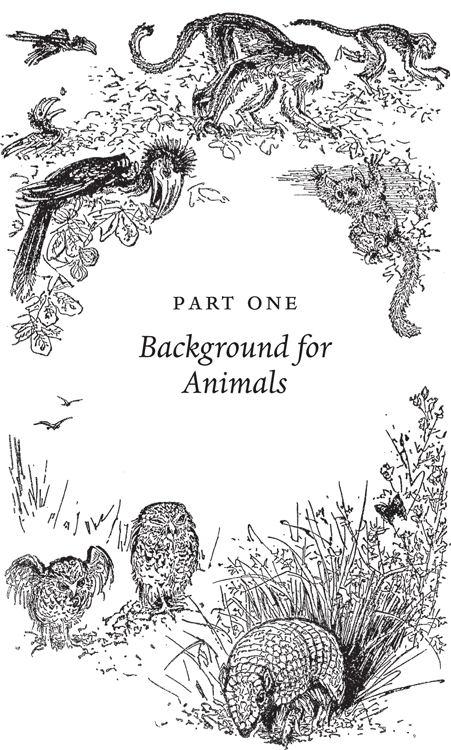
I am constantly being surprised by the number of people, in different parts of the world, who seem to be quite oblivious to the animal life around them. To them the tropical forests or the savannah or the mountains in which they live are apparently devoid of life. All they see is a sterile landscape. This was brought home most forcibly to me when I was in Argentina. In Buenos Aires I met a man, an Englishman who had spent his whole life in Argentina, and when he learnt that my wife and I intended to go out into the pampa to look for animals he stared at us in genuine astonishment.
But, my dear chap, you wont find anything there, he exclaimed.
Why not? I inquired, rather puzzled, for he seemed an intelligent person.
But the pampa is just a lot of grass, he explained, waving his arms wildly in an attempt to show the extent of the grass, nothing, my dear fellow, absolutely nothing but grass punctuated by cows.
Now, as a rough description of the pampa this is not so very wide of the mark except that life on this vast plain does not consist entirely of cows and gauchos. Standing in the pampa you can turn slowly round and on all sides of you, stretching away to the horizon, the grass lies flat as a billiard-table, broken here and there by the clumps of giant thistles, six or seven feet high, like some extraordinary surrealist candelabra. Under the hot blue sky it does seem to be a dead landscape, but under the shimmering cloak of grass, and in the small forests of dry, brittle thistle-stalks the amount of life is extraordinary. During the hot part of the day, riding on horseback across the thick carpet of grass, or pushing through a giant thistle-forest so that the brittle stems cracked and rattled like fireworks, there was little to be seen except the birds. Every forty or fifty yards there would be burrowing owls, perched straight as guardsmen on a tussock of grass near their holes, regarding you with astonished frosty-cold eyes, and, when you got close, doing a little bobbing dance of anxiety before taking off and wheeling over the grass on silent wings.
Inevitably your progress would be observed and reported on by the watchdogs of the pampa, the black-and-white spur-winged plovers, who would run furtively to and fro, ducking their heads and watching you carefully, eventually taking off and swooping round and round you on piebald wings, screaming Tero-tero-tero tero tero, the alarm cry that warned everything for miles around of your presence. Once this strident warning had been given, other plovers in the distance would take it up, until it seemed as though the whole pampa rang with their cries. Every living thing was now alert and suspicious. Ahead, from the skeleton of a dead tree, what appeared to be two dead branches would suddenly take wing and soar up into the hot blue sky: chimango hawks with handsome rust-and-white plumage and long slender legs. What you had thought was merely an extra-large tussock of sun-dried grass would suddenly hoist itself up on to long stout legs and speed away across the grass in great loping strides, neck stretched out, dodging and twisting between the thistles, and you realized that your grass tussock had been a rhea, crouching low in the hope that you would pass it by. So, while the plovers were a nuisance in advertising your advance, they helped to panic the other inhabitants of the pampa into showing themselves.

